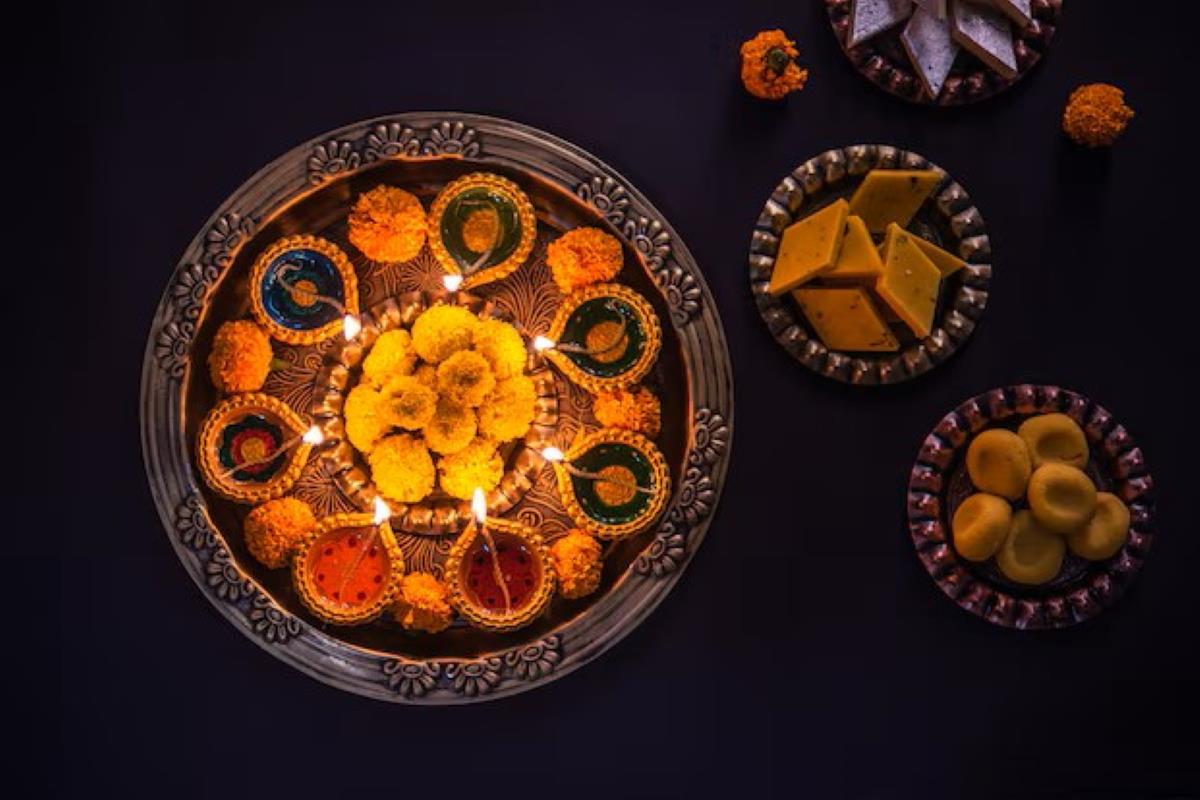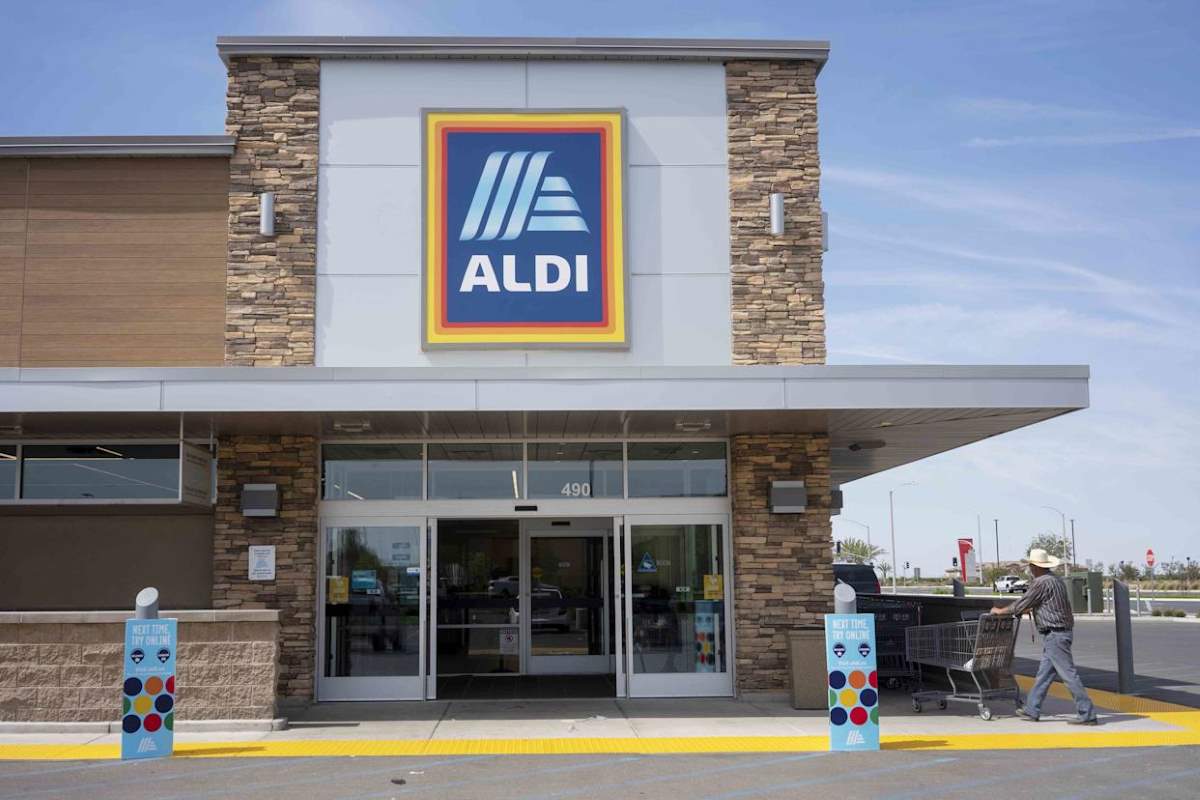In autumn each year, diyas start lighting up in Indian homes around the world, and Diwali snack sales also spike. In a build-up to the festival of lights, many sweet makers and snack factories will be forced to work overtime. This is about the only way the Indian food industry can meet the seasonal explosion in demand for these commodities.
This season is a period that the food industry in India always looks forward to, as it comes with sharp increases in Diwali snacks revenue. This piece will highlight how small businesses and big brands hop on the FMCG festive trends. There’s also the festive season food marketing that drives FMCG sales during Diwali.
The Festival Economy of Food
In the days leading up to the 2025 Diwali, Actowiz reported a 25% increase in the online orders of snacks. Indeed, it has become one of the FMCG festive trends that Indian food manufacturers have to grapple with each year. Also, Diwali sweets brands have come to realize that the festival of lights contributes 30-40% of annual sales.
Many income earners start saving up months before the nationwide festivities. So, it’s only natural that Diwali snack sales shoot through the roof between October and November. This period usually sees a surge in demand for items like gift hampers, packaged snacks, and traditional mithai.

In the Science of Selling, David Hoffeld explains how salespeople and organizations could sway the buying decisions of customers by playing on their emotions. Festive marketing campaigns also exploit this phenomenon. The season is usually full of nostalgic memories and emotions. So, festive season food marketing is almost a walk in the park, as consumers are in the right mood to buy.
ALSO READ: The Rise of Functional Beverages: Why Health Drinks Are Taking Over the Market
How Brands Gear Up for Diwali Snack Sales
Food brands in India prepare for the festive seasons in one of many inventive ways. However, preemptive production is one of the most prominent strategies. This usually translates to ramping up production months before the celebrations commence. For some companies, preparation for annual festivities entails increasing the inventory of finished products.
Some brands opt for limited-edition packaging and flavor options. Sometimes, some of these festive offerings come with symbolism to which locals can easily relate—for instance, incorporating dry fruit blends (like pistachios, cashews, or almonds) or even saffron in limited-edition Diwali snacks. Also, some FMCG companies key into the giving culture that permeates the festive period and offer multiple products in a lump sum, and at a discount price.
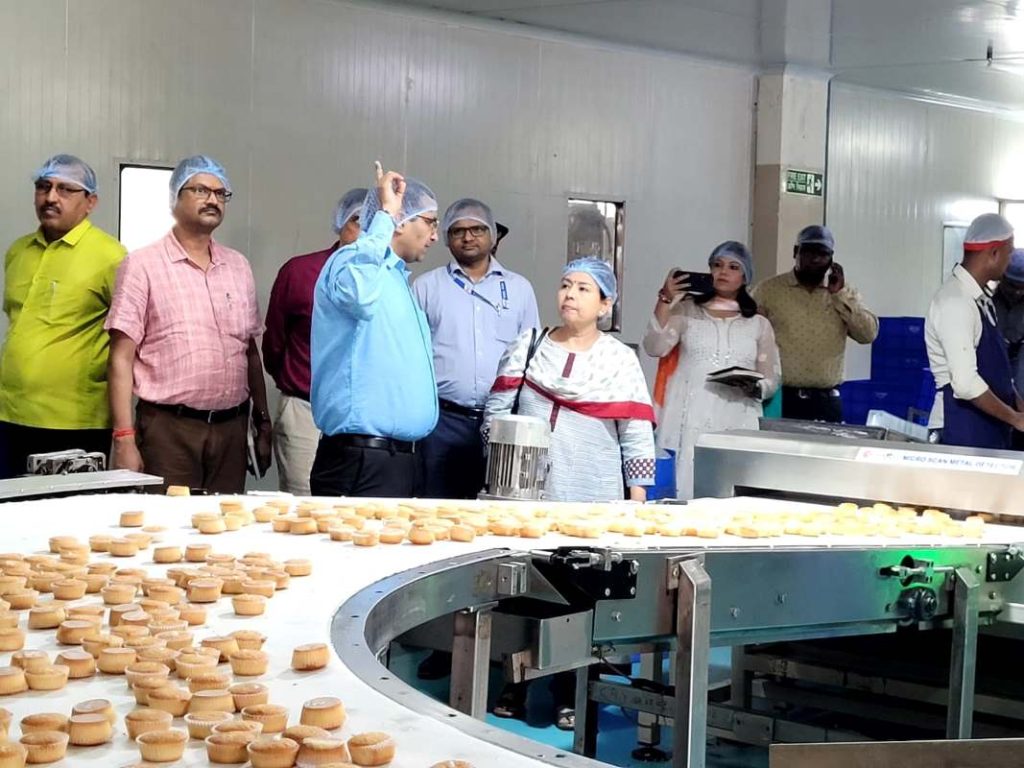
Companies and smallholding food ventures may find customer fulfilment through in-house logistics difficult during festivities. To compensate for such deficits, many of these companies strike up seasonal partnerships with providers of logistics solutions. Some of these food companies turn to the wide coverage of e-commerce platforms like BigBasket and Amazon in India to fulfil customers’ orders.
There you have some of the common methods that India’s FMCG industry uses to secure Diwali snack sales.
Marketing Fireworks
Across multiple industries, there’s usually a frenzy to rake in as many sales as possible during festivities. Interestingly, the Mithai industry growth has been partly driven by innovative marketing. In the past few years, food brands have been making the most of sustainable and technological innovations to win market share.
For one, ads are becoming less robotic. Festive season food marketing now incorporates storytelling that triggers sales-driving emotions in customers. Consequently, companies make sure marketing campaigns link their brand to family connection, purity, heritage and similar soul-stirring themes.

Similarly, Indian FMCGs are prioritizing digital marketing campaigns. According to a recent World Economic Forum report, between 70-85% of India’s population is digitally active. That estimation amounts to about 800 million potential customers that food brands can market to via internet-enabled devices. Also, brands that can afford it are partnering with influencers to gain access to their plethora of online followers. For such food brand-influencer partnerships, the online stars do not necessarily have to ditch the customary content their followers are familiar with. Instead, they can just overlay their content with AR filters to promote affiliate brands as part of festive season food marketing.
Some food brands are a bit more subtle, as they strategically unveil corporate social responsibility (CSR) initiatives during festivities. Imagine a mithai company clearing clogged drainages or offering free cab rides, with a conspicuous display of their brand insignia, during Diwali. Such initiatives may also endear potential customers to the brand.
Small Businesses and Artisanal Brands Join the Race
Smallholder food brands or local startups may not measure up to competing with FMCG multinationals in India. However, even these small-timers try to secure as many sales as possible in their locale. However, some homegrown snack startups like The State Plate and Postcard Snacks are whipping up patriotic sentiments. So, the Diwali snack sales of such small businesses are also likely to spike.
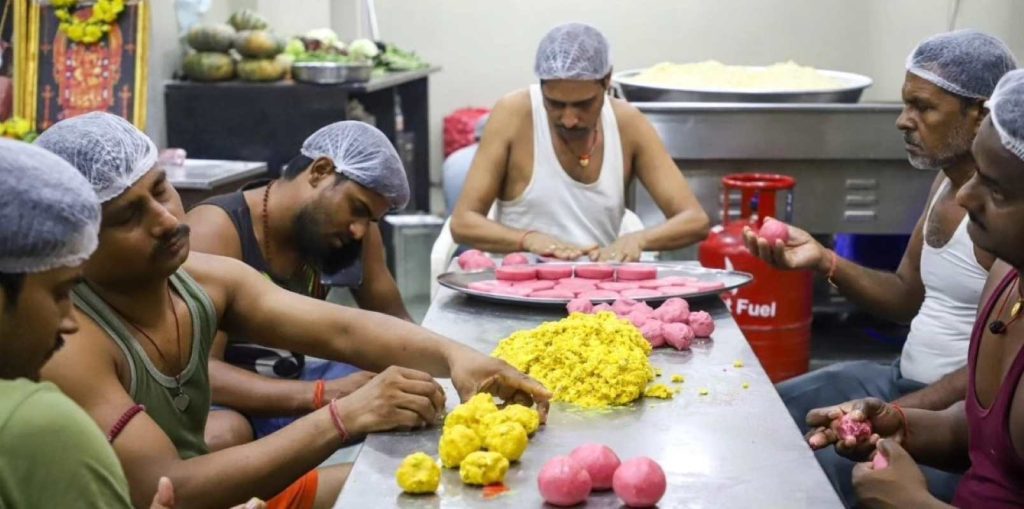
The deployment of e-commerce solutions in rural India may not be as effective as what applies in cities like Bengaluru. Nonetheless, online marketplaces still aid the scaling of snack sales, as the mithai industry growth illustrates. Usually, these small-scale snack producers still get to reach national and global consumers by relying on the infrastructure of online marketplaces.
ALSO READ: The Bitter Truth: Inside the Dark Side of the Chocolate Supply Chain
Export Angle
Just as Diwali snack producers are trying to meet local demand, some are also adventurous enough to serve Indians in the diaspora. Just think of how difficult it may be to buy kaju katli for Diwali in places like the US, UK, Nigeria, or UAE. So, Indian snack exports are another nut that FMCGs are trying to crack.
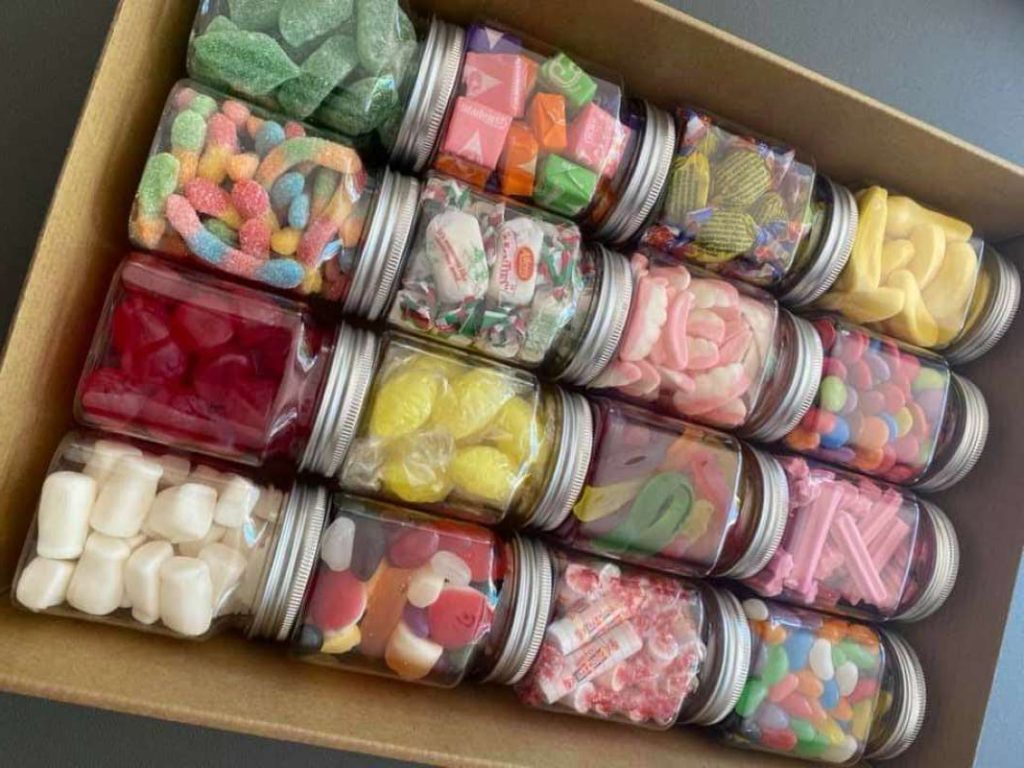
The snack export market may be limited to big players due to the complexity of the supply chain and logistics involved. FMCGs and multinationals can play on their comparative advantage in this aspect of the Diwali snack sales business.
At first glance, Diwali is a cultural festival marking a season of spiritual renewal. However, you can tell by now that it is a propellant for a billion-dollar culinary economy.
Every bite of a Diwali sweet isn’t just tradition. It’s part of a thriving ecosystem that lights up India’s food industry.







